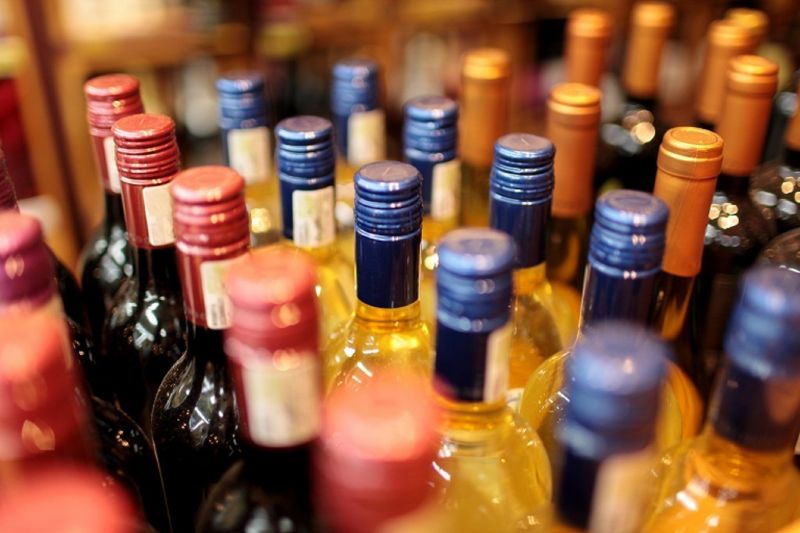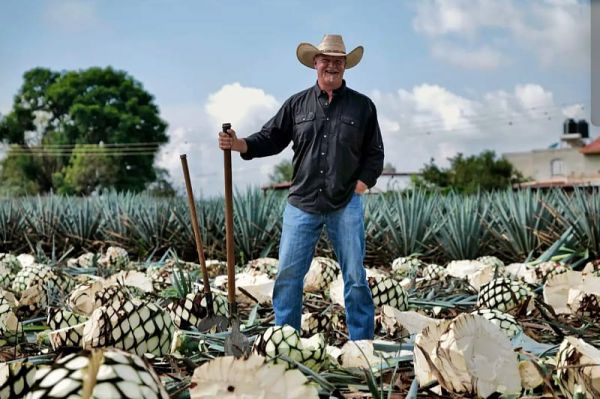Log in to your account
Lost password?Distribution
What Are UK Wine Importers Really Looking for in a New Brand?
The world has got enough Chardonnays, Sauvignon Blancs and Malbecs. It does not need another critter-driven wine label. What it does need are brands, but how does an importer know what is going to be an effective, game changing brand that genuinely connects and engages with their target consumer?
24/04/2017

You only have to look at the Top 20 selling wine brands in the UK to see how hard it is to create a new brand that is going to make it. The large majority of that Top 20 will have been brands that have been around for years or are increasingly supermarket exclusive labels that are best sellers because they have taken the place of failing brands on the shelf. So it’s a risky business taking on and investing in anything new. Here are our top five ways to give yourself a fighting chance.
1. It’s not what you think...but your customers
When deciding whether to take on a new wine brand, ultimately it does not matter what you as an import business think of it, what’s important is whether you can see prospective customers taking it on. Too many wine brands have been left languishing on drinks lists because the importer has got carried away by the winery, the location, the producer’s story, and not put the interests of the retailers, and their strategies’ first. So look at what gap this new brand is going to fill in a retailer or customer’s armory and if you can’t find one, then don't take it on.
2. Consumer driven brands
Go to any brand launch of a major FMCG brand, be it a new chocolate bar or soap power and the majority of the presentation will be taken up by a brand manager talking about consumers. How they shop, where they shop and why. What they spend their money on, where they go on holiday, what TV programs they watch? So before the big reveal, we know exactly which target consumer this new product is aimed at and why. Any new wine brand has to do the same. But few do. It’s not about the quality of the juice in the bottle. That should be a given. It’s about how focused and attractive it is to a specific type of consumer drinker and how you can prove that to your retail customers.
3. How big can it be?
The biggest and most exciting change in the wine industry over the last 10 to 15 years is how it has become, for many, their number one choice of a drink. The wine has joined beers and spirits as being a true multichannel category. Can any proposed new wine brand be successful in both a high street retailer and a restaurant or bar? Will it work online, and get a following on social media? Does it even have the potential to become an international brand and build business outside of your core market? The days of creating a brand just to operate in one channel are over. Big brands of the future have to be ambidextrous and adaptable enough to exist in any channel of the trade, anywhere in the world.
4. Creating brands for yourself
Wine importers and suppliers are increasingly not looking at wine producers anymore for new brands to sell. They are looking at themselves. With margins increasingly tighter all the way down the supply chain it makes far more commercial sense to come up with brand ideas yourself. We can expect to see more importers go out and source and blend their own wines and take control of each step of the process.
5. Shipped and bottled
The year-in-year-out increases in duty levels imposed on wine in the UK mean being able to ship wine in bulk to be bottled in the market, and this is only going to become more important thanks to the huge savings that can be made. So much so that already up to 70% of wine on sale is the UK bottled. It is not just the go-to option for more and more brands owners looking to make their mark in the UK, but for those importers making brands for themselves. It is why varietal-driven brands are now so important. They give the brand owner, the importer and their customers the flexibility to change where they source any particular variety from depending on their cost at any given time of the year.
You only have to look at the Top 20 selling wine brands in the UK to see how hard it is to create a new brand that is going to make it. The large majority of that Top 20 will have been brands that have been around for years or are increasingly supermarket exclusive labels that are best sellers because they have taken the place of failing brands on the shelf. So it’s a risky business taking on and investing in anything new. Here are our top five ways to give yourself a fighting chance.
















